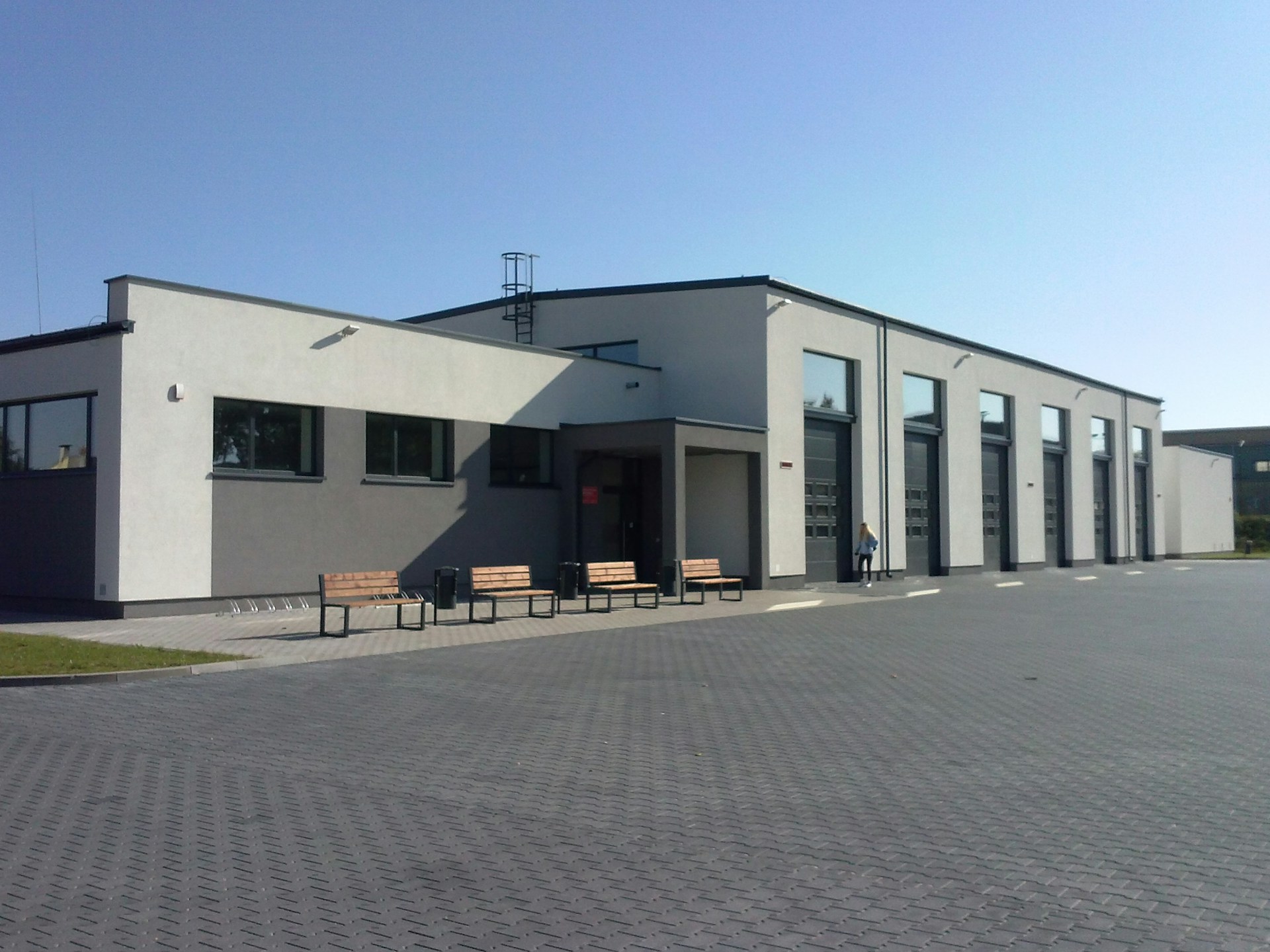
Discover effective ways to insulate your warehouse against extreme temperatures, ensuring protection for inventory and comfort for workers year-round.
Warehouse insulation helps a business reduce its energy use, secure its stock and improve the environment for workers. It is often hard to keep large, empty warehouses at a particular temperature. Energy bills rise sharply when there is no proper insulation for your home. Products that can get damaged by changes in temperature or humidity are well-protected by using insulation. Knowing how to insulate your warehouse and which materials you have to work with helps you take the best action for your budget and business.
Several elements including weather, the design of the warehouse, intended use and budget must be considered to pick the best insulation method. Insulating a new building or renovating an old one, using a well-thought-out strategy can save you plenty on operational costs later. An increasing number of businesses are choosing insulated metal panels and insulated wall panels to get strong insulation that helps protect their buildings against temperature changes and other dangers.
Understanding Warehouse Insulation Needs
You should check the individual needs of your warehouse before beginning any insulation work. Ceiling height, the building’s setup, the goods to be stored and how often they will be used are factors that decide the kind of insulation needed. If a warehouse holds things that require low or high temperatures, it will need better insulation than those for dry goods or tools. In addition, warehouses in areas with big seasonal temperature changes must deal with extreme heat and cold efficiently.
Insulation also plays a role in moisture control. Strong differences in indoor and outdoor temperatures in a warehouse can cause condensation which can then result in mold, rust and damage to goods. If your warehouse is properly insulated, it can keep the environment stable which protects your equipment and stock from long-term harm.
Exploring Insulation Materials And Options
Many different kinds of insulation are found in warehouses and every one has its own advantages. Many people use fiberglass insulation because it is both cheap and easy to get. But new materials such as insulated metal panels give you superior performance in keeping heat in and maintaining the structure. A strong barrier against heat is formed by an insulating core being sandwiched between metal sheets in these panels.
Large commercial or industrial buildings often use insulated metal panels because they can be set up quickly and offer good structural support. They also create a cleaner-looking surface and need very little maintenance. R-values determine heat flow resistance and insulation panels can provide excellent ones depending on how thick they are. In this way, businesses can select the most suitable insulation based on local weather and what happens with the material.
Installing Insulation In Walls And Ceilings
Insulation needs to be installed on both the walls and ceilings for best results in the warehouse. Because walls transfer heat very rapidly, dealing with them first can make a noticeable difference indoors. They are specifically designed to work as insulation and to provide reinforcement. Because of their size, they are recommended for large work areas and can often be put in existing or newly built warehouses.
In cooler seasons, ceiling insulation holds in warm air and in hotter seasons, it stops heat from entering. Spray foam insulation, batt insulation and insulated metal panels may all work, depending on what the ceiling is and how much space there is. When you install insulated wall panels, insulation creates an energy-efficient layer that helps lower the amount of heating or cooling needed.
Improving Efficiency With Additional Upgrades
Although the main point is insulation, certain other changes can increase its benefits. Energy-efficient windows, fixing any cracks or gaps and applying roof coatings all help control the temperature inside. Ventilation is another important factor. When the airflow is correct, warm or cool air spreads evenly in the warehouse and lightens the load on the HVAC systems.
Lighting can also play a role. Because LED light gives off less heat, it helps control the indoor temperature. Adding insulation to your energy saving projects means that not only is your warehouse more sustainable but it also helps keep costs down in the long run.
Maintaining And Monitoring Performance
After installing the insulation, you need to check how it works over time. Inspections on a regular schedule can expose problems where heat or water vapor buildup is occurring. Over the years, the best insulation might degrade because of changes in the environment or the structure. Dealing with problems as they happen means you can avoid big repairs and check that insulation is still working.
Saving your energy bills before and after applying insulation will let you determine if the insulation worked well. Warehouse owners often experience lower utility bills, cleaner air inside the building and staff feeling more comfortable. Because of these advantages, investing in quality insulation is especially important, especially with modern solutions.
Conclusion
The process of insulating a warehouse is very important for saving money, protecting your possessions and improving the way your team works. As a result of new products like insulated metal panels and insulated wall panels, companies are able to enjoy efficient insulation for a long time. Good preparation, choosing suitable materials and maintaining them regularly support the achievement of any warehouse insulation project. Improved energy use and smooth operations are both quick and lasting results you get from insulating your warehouse.
Was this news helpful?






 Yes, great stuff!
Yes, great stuff! I’m not sure
I’m not sure No, doesn’t relate
No, doesn’t relate



